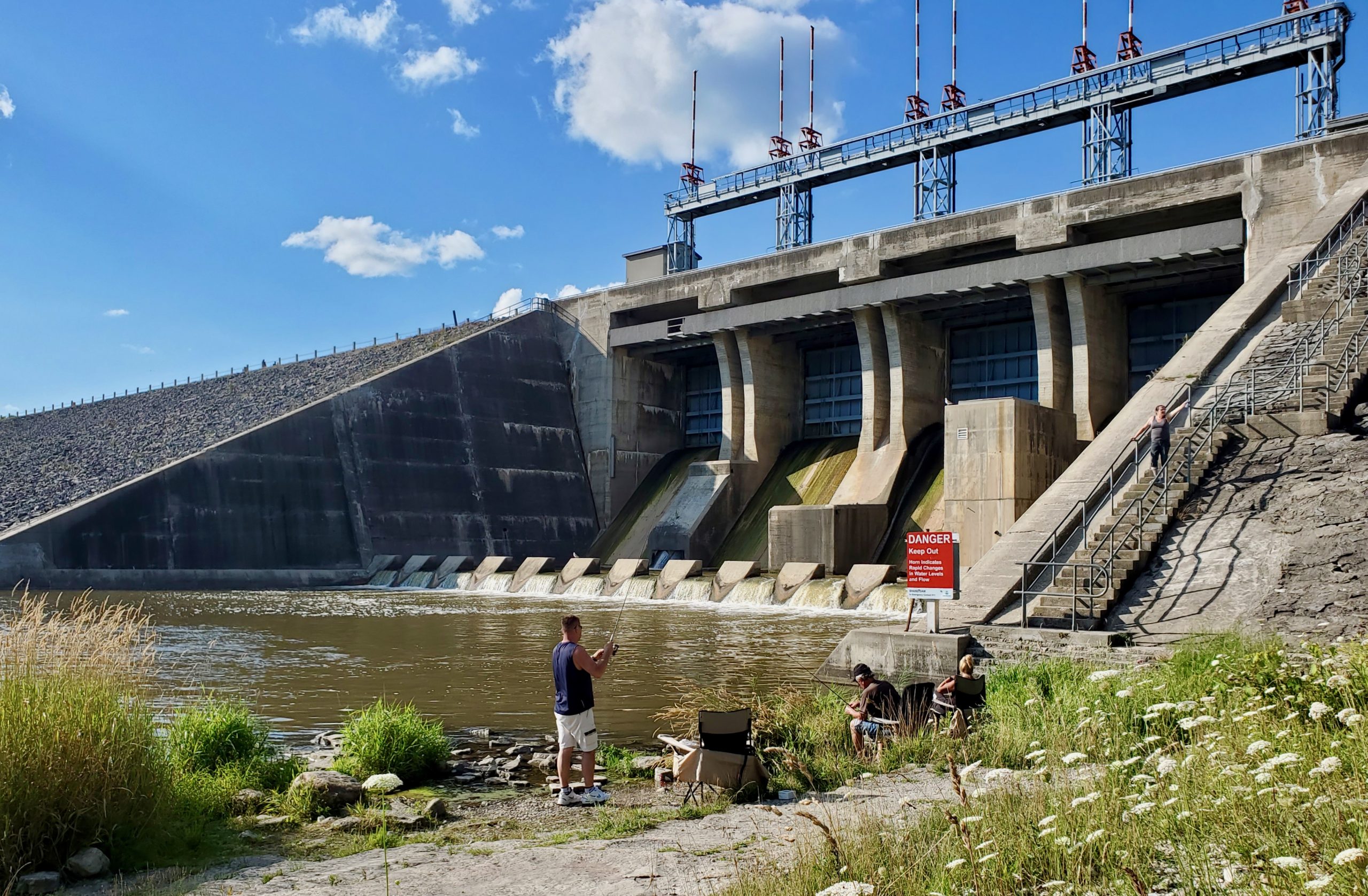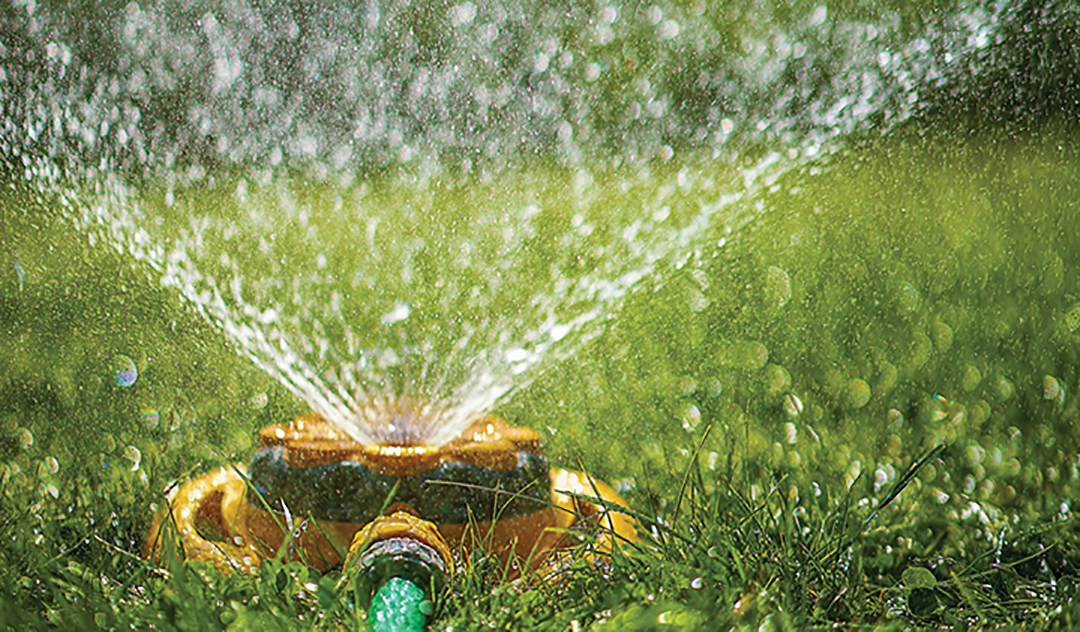WELLINGTON COUNTY – Grand River Conservation Authority (GRCA) officials are asking water users to cut consumption by 10 per cent as local water levels remain low despite “higher-than-normal” rainfall recently.
“The reminder to stay vigilant with water use reductions came from the Grand River Low Water Response Team, which held a virtual meeting late last week,” states an Aug. 11 press release from the GRCA.
The team – comprised of representatives of major water users including municipalities, farmers, golf course operators, water bottlers, aggregate businesses and others – decided to keep the entire watershed at Level 1 under the Ontario Low Water Response Program until pressure on the system eases this fall.
Level 1 results in a request for a voluntary 10 per cent reduction in water consumption by all water users in the GRCA catchment area.
Authority officials say that despite “higher-than-normal precipitation across much of the … watershed in June and July, groundwater and river base flow levels are still low due to the extremely dry spring.”
The GRCA “continues to use large upstream reservoirs to augment river flows in order to maintain low flow targets on the Grand and Speed Rivers.”

SHAND DAM AT BELWOOD LAKE (Photo by Chris Daponte)
“For residents, the most effective thing they can do right now is to follow their municipal outdoor water use bylaws, which limit watering to specific days and times.”
GRCA officials explained the area’s large reservoirs, including Belwood Lake and Conestogo Lake in Wellington County, “are within their normal operating range for this time of year, but increased discharges to maintain flow targets, coupled with high evaporation and low inflows means water levels will continue to drop.
“The GRCA is operating these reservoirs carefully to meet flow targets downstream, while maintaining storage in order to help augment flows throughout the summer. During the dry summer months, more than 80 per cent of the flow in the Grand River comes from upstream reservoirs.”
“This augmentation helps municipalities that get some, or all, of their drinking water from the Grand River including Waterloo Region, Brantford and Six Nations. Water from these reservoirs also support the proper operation of about 30 wastewater treatment plants throughout the watershed.”
Officials say the conditions of the reservoirs will be closely monitored and reviewed.
For more information visit www.grandriver.ca.




